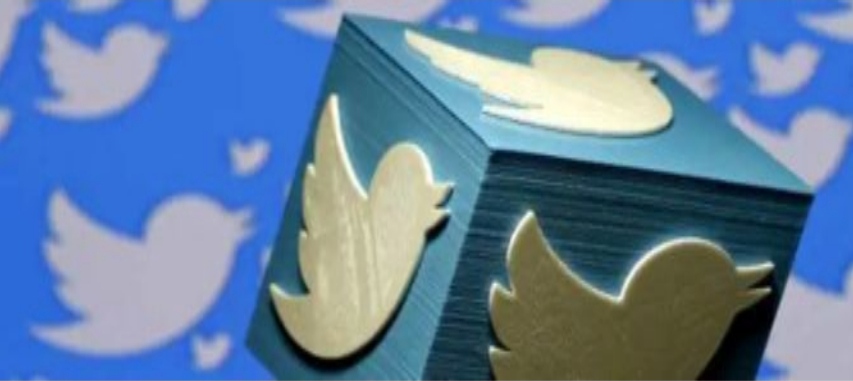As per Law Twitter No Longer Enjoys ‘SAFE HARBOUR’ Protection

The Ministry of Electronics and Information Technology is now fully clear about the existing IT Laws after consultations with legal experts and other departments of the government over the last several days.
In February, the government had rolled out the Intermediary Guidelines and Digital Media Ethics Code.
The government is now fully convinced that Twitter in India is no longer an “intermediary” and, therefore, cannot be provided the legal protection that is accorded to Internet intermediaries under Section 79 of the Information Technology Act, senior government officials said on Monday.
The Ministry of Electronics and Information Technology has arrived at this view after consultations with legal experts and other departments of the government over the last several days, and is likely to present it before the courts or law enforcement agencies as and when the need arises, the officials said.
“It is up to the courts to decide finally whether Twitter will still enjoy safe harbour status or not. As far as we (the IT Ministry) are concerned, our view is now decided. They (Twitter) have till date not complied with multiple norms,” a senior Ministry official said.
In February, the government had rolled out the Intermediary Guidelines and Digital Media Ethics Code, as part of which “significant” social media intermediaries — those with more than 50 lakh users in India — were required to appoint a resident grievance officer, a nodal contact person, and a chief compliance officer based in the country. The social media intermediaries were given until May 26 to make the appointments.
Most significant social media intermediaries, including Facebook, Instagram, LinkedIn, WhatsApp, and Telegram, complied over the following week, announcing and displaying on their websites the names of the resident grievance officer, and sending the names of the nodal contact person and the chief compliance officer to the Ministry.
Twitter announced the appointment of Dharmendra Chatur as interim resident grievance officer, and assured the Ministry in a letter on June 6 that it was working to make permanent appointments to these posts. It also said that it was in an advanced stage of finalising the appointment of the chief compliance officer, and that details would be given to the Ministry within the next week.
Ministry officials, however, said that as of Monday, Twitter had not shared these details.
Meanwhile, Chatur, the interim resident grievance officer, resigned from Twitter on Sunday — and, according to Twitter’s website, his responsibilities were taken over by San Francisco-based Jeremy Kessel, the company’s senior director of global legal policy.
Ministry officials said that since Kessel is not a resident of India, his appointment was not compliant with the IT Rules.
“The Rules are very clear that the person should be resident in India, and be on the company’s payroll. We are not concerned with whether they are an employee of the Indian arm or of the company’s headquarters,” an official said.
On Monday evening (India time), Twitter advertised vacancies for a resident grievance officer, a nodal officer, and a chief compliance officer for India on its website. All three positions were based in Mumbai or New Delhi. The resident grievance officer would ideally be “a seasoned professional with prior experience interfacing with the public or government officials on issues of national importance”, Twitter said on its website.
Also on Monday, Twitter India got embroiled in fresh controversy after it was discovered that a map of the world in the ‘Tweep Life’ section under ‘Careers’ on the platform’s website showed the Union Territories of Jammu and Kashmir and Ladakh as lying outside the borders of India. The distorted map had pins for three offices of Twitter in India, in Bengaluru, Mumbai, and New Delhi.
Sources in the IT Ministry said the government was looking into the “distorted map” issue at the highest levels, and would soon issue notice asking Twitter to explain. An email sent to Twitter seeking its comment on the map did not elicit any response by press time. However, late on Monday evening, the map was no longer visible on the web page.
This is the third time that Twitter has published a map that is different from the Government of India’s official map. In October-November last year, Twitter’s automatic geo-tagging feature had displayed, during a live broadcast from the Hall of Fame war memorial in Leh, the location “Jammu & Kashmir, People’s Republic of China”.
Twitter had apologised at the time. However, a month later, it showed Leh as part of Jammu and Kashmir instead of the Union Territory of Ladakh.
In case Twitter keeps flaunting its International status then like it had happened to Coca Cola in 1977, it should be banned in India completely.




